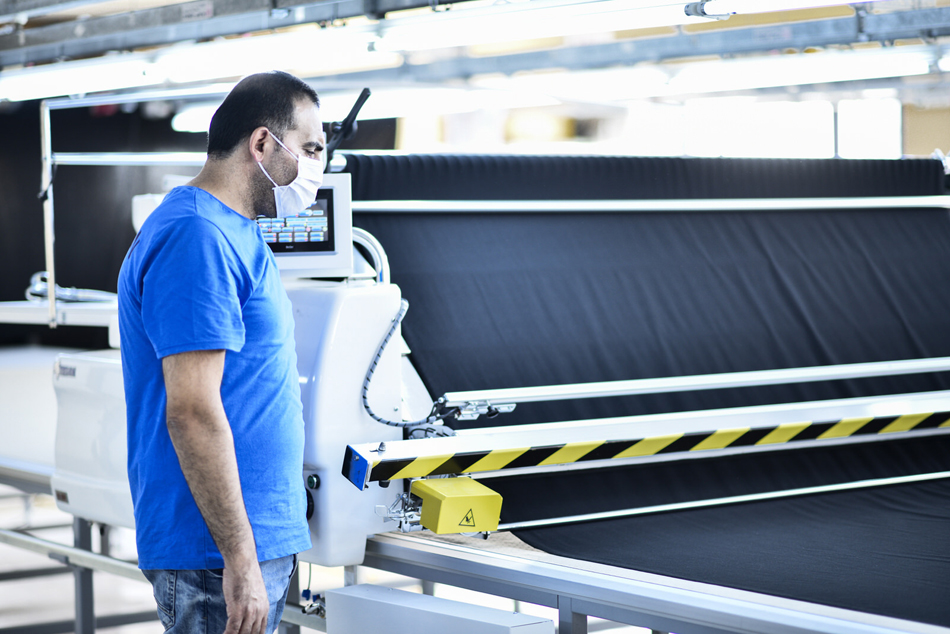ALL STAGES OF PRODUCTION
All stages of our production are monitored via our latest technology ERP Software to ensure a smooth process flow. In addition to detailed final quality control of our finished garments, we maintain constant quality control at each stage of production. From scratch to the final product, we regularly examine the effectiveness of our processes and workflows. Our own quality team members ensure that every garment is sourced, designed, manufactured and delivered based on our high-quality standards.PATTERN
Sampling is the product development stage. It is a process by which a small number of garments are made so as to match the buyer’s requirement and to get approval from the buyer so as to start off the production. The sampled garments represent the accuracy of the patterns and quality of production skills and techniques. The samples not only serve the purpose of communicating correctly with the buyer regarding their styles and products, but it also helps to calculate the fabric consumption along with the thread and other accessories used.
This department makes samples on the basis of specifications and requirements sent by the buyer in the tech pack. Types of Samples: Prototype Sample, Fit Sample, Pre Production Sample, Pre Size Set, Size Set, Salesman Sample, Shipment Sample
3-6 WEEKS PRODUCTION TIME


Automatic Cutting: The lay is cut automatically via our latest technology automatic Cutter system. The system uses the pre-loaded nested patterns which are prepared via Automated Nesting Software and is 5 times faster than manual cutting.Jacquard, stripes and checks cannot be spread with the spreading machine due to requirements of matching so they are spread manually.
The embroidery department receives and loading the digitised design to the sampling machine, a sample is done before going into production. After confirmation of the sample in terms of the positioning, thread colours, quality and backing materials, the bulk production starts.

The sorted bundles of cut parts are sent from the cutting department to the production line where Sewing is done. Starting from the handling is the most important and initial step of the production. Sareteks Textile has its own in-house stitching unit to maintain quality control during the processing. There are what are called sewing stations for sewing different parts of the cut pieces. The sewn parts of the garment, such as sleeves or pant legs, are assembled together to give the final form to the clothing.The finishing department s the department that comes after all departments and it plays equally an important role in the final appearance of the garment. This department includes majorly of the following steps: Trimming, Inspection, Semi-pressing, Pressing, Tagging, Packing, Solid Packing, Ratio Packing, Mixed Packing.
